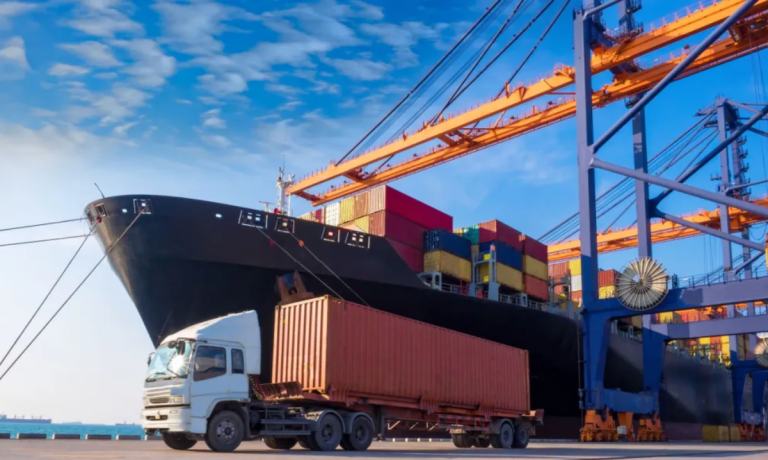
During the chaotic holiday season, delays can derail operations. Streamlined logistics, on the other hand, can make peak periods immensely profitable.
And as the holiday season peeks its head around the corner, businesses are bracing themselves for the surge in spending — potentially $240.8 billion in the U.S. — which puts the global supply chain under immense pressure.
Fortunately, from loyalty programs to logistics, innovations that include blockchain technology, artificial intelligence (AI), automation and digital marketplaces are transforming the way B2B businesses handle their supply chains and helping them meet the high expectations of holiday buyers while maintaining operational efficiency.
By embracing innovations in B2B technologies designed to optimize inventory and streamline payments, firms are working to ensure the critical behind-the-scenes logistics powering how suppliers and retailers prepare for the holiday rush goes off without a hitch.
The holidays are demanding — but thanks to ongoing B2B innovations, the supply chain is ready to make magic happen.
Read more: Why Cross-Border Payments Innovation Starts and Ends With Ledger Technologies
As holiday shoppers fill their carts — virtual and physical — B2B businesses find themselves navigating one of the most challenging periods of the year. For many businesses, the holiday season begins months in advance with procurement planning. Digital marketplaces simplify this process by offering real-time access to supplier inventories, pricing, and lead times. Retailers can quickly secure the goods they need without the back-and-forth traditionally associated with procurement.
Digital platforms serve as an orchestration layer, TruckPay Inc President and CEO Barry Honig told PYMNTS, providing real-time data visibility and logistical control to all parties involved. “There’s a lot of capabilities and possibilities up and down the entire value chain,” Honig said.
One of the most significant advancements in digital marketplaces is the integration of embedded payments. Suppliers can offer flexible payment terms, while buyers can use credit options directly within the platform. This eliminates delays and ensures liquidity during a period when cash flow is often stretched thin.
And as procurement changes, so too does the warehouse environment.
“Think of anything you’re wearing, eating, or building with today. All of that got transferred through these distribution yards, and they’ve been operated much like they have been for several decades,” Andrew Smith, founder and CEO of Outrider, told PYMNTS. “When you think about the evolution of AI and machine learning, deep learning, reinforcement learning techniques, it is important to be on the forefront of using those techniques to address the variability in the outdoor distribution yard environment.”
Modern warehouses are no longer staffed solely by human workers. Robotic systems pick, pack and ship products with unmatched speed and precision. In many cases, these robots work alongside humans, enhancing productivity and reducing errors.
“If you go out in any fabrication warehouse or fulfillment center, there’s technology all over the place. Digital clearly represents value to these businesses,” Shep Hickey, CEO at metal digital marketplace Bryzos, told PYMNTS.
See also: From Transaction to Transformation: Blockchain’s Loyalty Proposition
Efficient supply chains don’t just support logistics; they build loyalty. For B2B businesses, delivering consistently during the holidays solidifies trust with retail partners and consumers alike. The stakes are particularly high given the competitive landscape — delays, stockouts, or quality issues can result in lost customers and damaged reputations.
By leveraging cutting edge technologies like blockchain, businesses can better offer transparency, speed and reliability.
“Blockchain has traditionally been very crypto-focused as opposed to actually utilizing the ledger for what the ledger is, which is the tracking and traceability of transactions,” SKUx Co-founder and CEO Bobby Tinsley told PYMNTS. “The ability to provide unmatched transparency to the data that we are powering on behalf of partners, that is where this becomes groundbreaking for retail.”
This convergence of innovation isn’t just a response to seasonal pressure. It’s a fundamental shift in how B2B supply chains operate, blending logistics, loyalty, and technology to deliver the magic of the holidays.
As Jaime Tabachnik, co-founder and CEO at Mexico FinTech Solvento, told Karen Webster, “Demand is growing at a much faster pace than capacity,” when it comes to the freight and trucking industry — making it critical for firms to ensure the holidays this year are less about chaos and more about celebration.